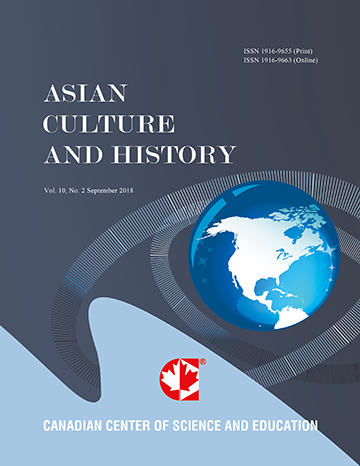Poverty Reduction Policies in Malaysia: Trends, Strategies and Challenges
- Zulkarnain Hatta
- Isahaque Ali
Abstract
Malaysia is a multi-ethnic religious country with a population of 28.5 million, it is characterised by mainly three ethnic groups-Malay and indigenous people, Chinese, and Indians. Ever since independence in 1957, Malaysia has successfully transformed itself from a poor country into a middle-income nation. The Malaysian economy has seen a periodic growth despite challenging external factors. It can also definitely claim its success of combat against poverty. Despite its poverty reduction success, there still remains a vulnerable group of people in the country experiencing poverty for some geographical and societal reasons. This concept paper has several objectives: A brief description of the country’s nature of poverty, poverty reduction policies and programs, and an analysis facing the challenges and recommendations for a sustainable poverty reduction in Malaysia.- Full Text:
 PDF
PDF
- DOI:10.5539/ach.v5n2p48
Journal Metrics
Google-based Impact Factor (2017): 5.42
h-index (January 2018): 11
i10-index (January 2018): 21
h5-index (January 2018): 6
h5-median (January 2018): 9
Index
- Academic Journals Database
- CNKI Scholar
- COPAC
- EconPapers
- Elektronische Zeitschriftenbibliothek (EZB)
- Excellence in Research for Australia (ERA)
- Genamics JournalSeek
- Google Scholar
- Infotrieve
- LOCKSS
- MIAR
- NewJour
- Open J-Gate
- PKP Open Archives Harvester
- Publons
- RePEc
- Scilit
- SHERPA/RoMEO
- Standard Periodical Directory
- Technische Informationsbibliothek (TIB)
- The Keepers Registry
- Universe Digital Library
- WorldCat
Contact
- Ivan YongEditorial Assistant
- ach@ccsenet.org
